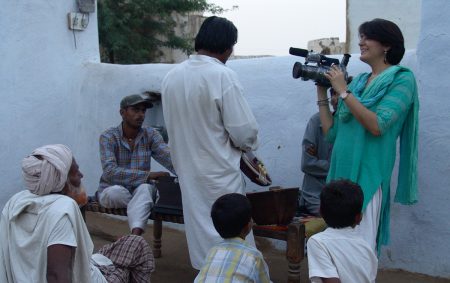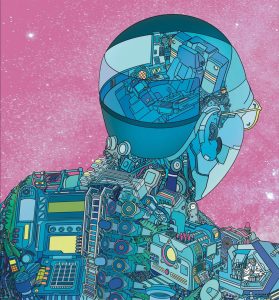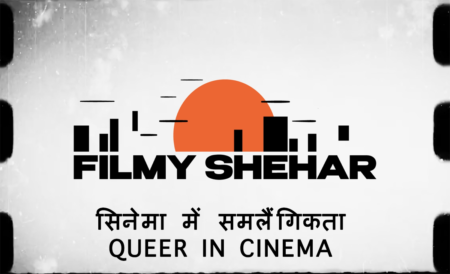What was the last film you remember watching? What was the last film you remember watching that was directed by a woman? If you are an avid Bollywood fan, chances are that you might struggle to remember one. It’s not your fault. Out of the 122 Bollywood films that saw the light of the day in 2019, only 14 were directed by women. Now, why are there so few women directing films, and why is it important that more women tell stories via the medium of cinema? I tried to dig deeper into those questions in my book F-Rated: Being a Woman Filmmaker in India. My aim was to answer the former question by listening carefully to the stories of the handful of women who have made a name for themselves in the Indian film industry.
Like any other industry, filmmaking is a hyper-masculine space, dominated and controlled by powerful men. Women lack access to opportunities as well as face individual and structural sexism at every level. But it gets even harder when they want to make a film on or about women.
Many filmmakers who I have talked about in my book have made female-led films. Not as a political project or driven by an agenda, but simply because they feel more at ease telling a story from female subjectivity.
They tend to be drawn to writing about women because they have the experience of navigating the world as one. But the common perception is that the audiences aren’t interested in these stories. Since a majority of those who watch films in theatres are male, the assumption is that they only want to see films with male protagonists.
In my book, Tanuja Chandra and Meghna Gulzar’s journeys show how difficult it was for a director to make a female-led film in Bollywood in the 1990s and early 2000s. It invariably included a host of compromises such as chalking out a hefty role for the male lead, weaving in a romantic angle, underplaying the importance of the female lead, keep emphasizing that your film was not ‘woman-oriented’, and despite all of this, make the film with a small budget as there was no guarantee of box-office success. With the proliferation of multiplexes and newer forms of digital distribution that allowed for more experimentation in content, things started to change. Alankrita Srivastava made a film centred on four women and their desires, Lipstick Under My Burkha in 2017 that went on to become a hit. Meghna Gulzar made Raazi with Alia Bhatt, which was one of the most successful films of 2018. But the dynamic still remains the same: a film with a female protagonist must be made with a small budget and will not have a male star play a supporting role to the female lead.
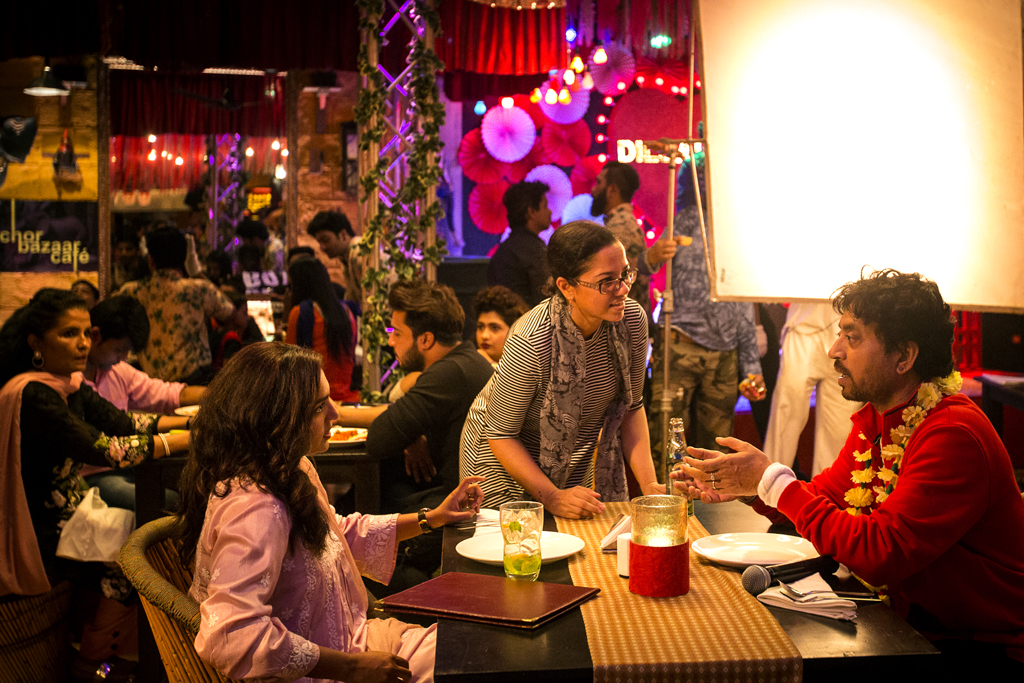
The Director As ‘Woman-Oriented’
How is it that we have come to accept that stories of men are universal while stories of women – who are half the planet’s population – need to be qualified as ‘woman-oriented’? There isn’t a simple answer to this question. Historically, literature and cinema have been dominated by male auteurs writing from male subjectivity. As a result, the male protagonist became our neutral point of reference, and the male gaze our default way of seeing.
When the camera employs a male gaze, the female character is, or has been, either hyper- sexualized or flattened out to a stock character type that fulfils its designated task in the film, but she is rarely presented as a complex character with a rich inner life. Women filmmakers, on the other hand, have been known to create characters that navigate a wide range of activities and emotions. In other words, characters that are fully human and not cardboard cut-outs.
To be clear, a complex female character is not the same as a ‘strong’ female character. ‘Strong’ runs the risk of being reduced to a trope for characters that are unidimensional in their commitment to a singular mission or virtue. Complex characters, on the other hand, can be good, ordinary, or bad, as long as they are layered and nuanced.
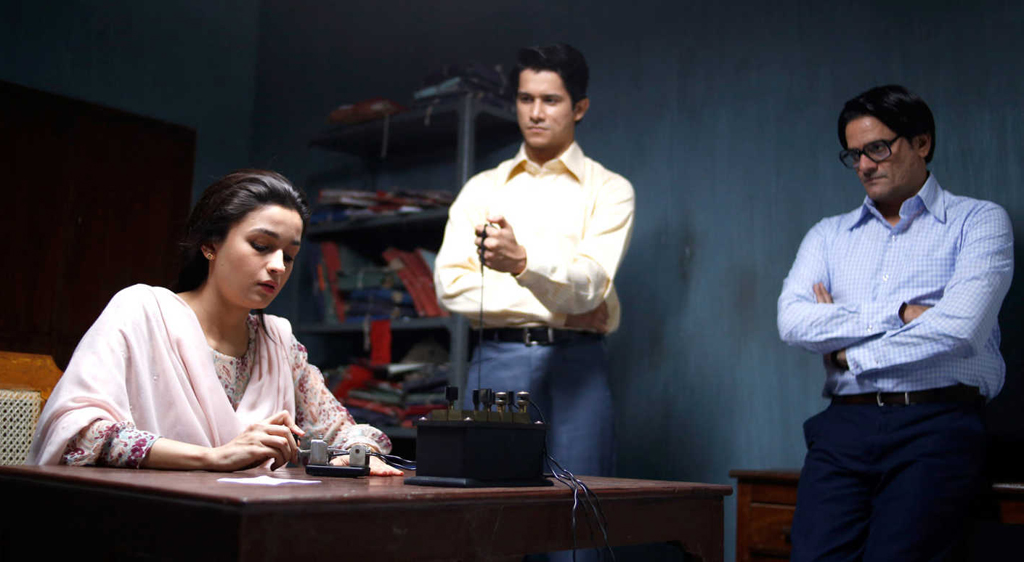
The Mother As Director
When I set out to write a book about women filmmakers in India, I had little idea that it would turn out to be a book about working mothers. When I am now asked what is my biggest takeaway from writing the book, I say that it is the shattering of the binary in my mind of the artist and the mother. Of the 11 filmmakers that I wrote about, eight are mothers. At first, it surprised me to hear some my favourite directors talk at length about the struggles of being a parent. Their process of creating art was nowhere close to the myths I had nurtured in my mind about the artist who needs to disconnect from the world. When you are a mother, you simply cannot do that. So, you let your art revolve around the needs of your child. If you crave solitude, you wake up when your child is still asleep and use those late night or early morning hours to write your script. Then, when you have to go out and film it – a process that blurs the distinction between days and nights, weeks and months – you summon help from family and friends. Filmmaking isn’t a solitary act of genius. It takes a village for a woman to make a film. I am sure it takes a village for a man as well, but you will never hear them talk about it.
I couldn’t have imagined that Monsoon Wedding, one of the most celebrated works of my favourite filmmaker Mira Nair, was intended to be a home video shot during her son’s school holidays. I couldn’t quite picture in my head how renowned director Aparna Sen, while making her debut film 36 Chowringhee Lane, juggled between cajoling her two-year-old daughter (yes, the famous actor Konkona Sen Sharma) to eat while discussing shots with her cinematographer. Shonali Bose told me how she directed her student film when her son was barely six weeks old. Flanked by two male colleagues, just before rolling the camera, she bared her breast and fed her baby.
All these women admitted that they could not keep making films without a strong support network, which includes their parents, in-laws, husbands and friends. Some of them bank heavily on paid caregiving work by other women. This puts into perspective the small number of women out there making films.
Women have to make a number of calculations before taking on a film project in order to balance their caregiving roles with their work. Men, on the other hand, can afford to appear more ‘professional’ and ‘prolific’ simply because of the care work that is performed by women and then rendered invisible.
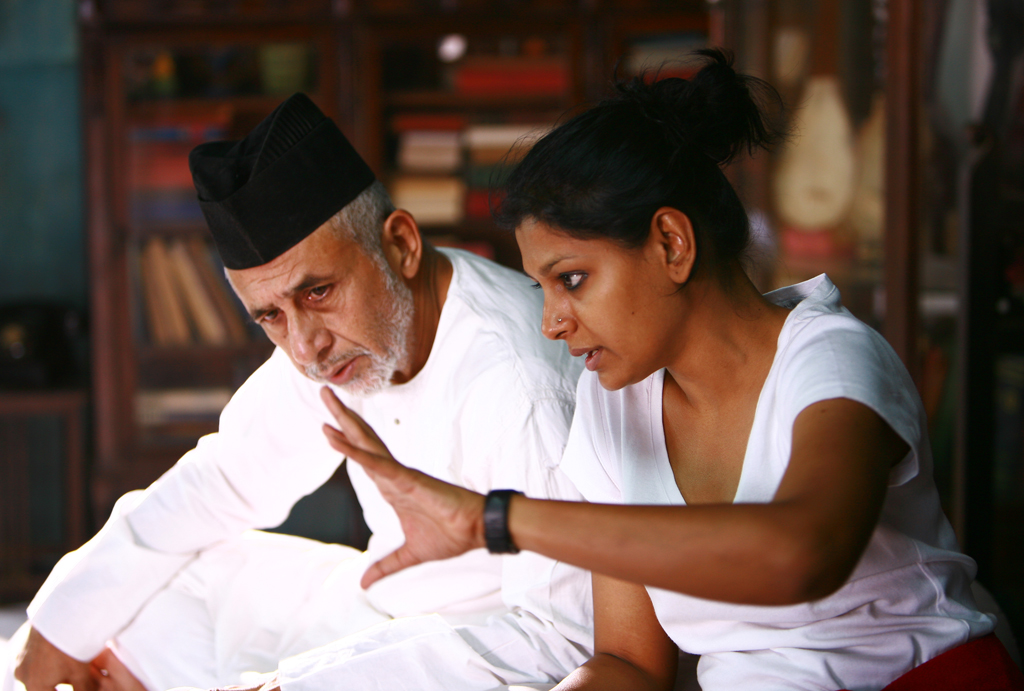
All these women also spoke about the working mother’s guilt. For example, this excerpt:
She [Nandita Das] voices out the eternal dilemma that working mothers face, the double-edged sword of guilt, which makes them feel like they are forever coming short either at work, or at home, or both. This guilt is also enhanced by a society that constantly puts forth the message that if a woman manages her life efficiently, she can have it all, obfuscating its very structures that are built against her. The only thing closest to the truth is that for anyone trying to find a balance between work and motherhood, there are bound to be a host of compromises and lost opportunities as well as moments of accomplishment and fulfilment. But giving up on her personal quests or joys isn’t necessarily going to make a woman a great mother.
‘If I have to be a happy mother,’ Nandita says, ‘I have to first be a happy person. And my happiness comes from doing things that give some sense of purpose to my own life.’
That thing could be writing a script. Nandita worked on her second script – a period film on the life of one of the most well-known yet controversial short story writers in the Urdu language, Saadat Hasan Manto – for a long time. ‘Everyone said – you are still writing! But trust me … to sit at home and to work! Until recently, my son used to be back from school at 12:30. So my morning would pass in just answering emails. By the time I was ready to write, it would already be time for him to come home. Then he would want to show me something nice or play with me. Of course, I wanted to do all of that as well. Did I feel guilty? I did. But to do it not out of guilt but a sense of joy is the shift I was trying to make.’ [Pg. 175-76; Nandita Das, the ‘activist filmmaker’]
Similarly, Farah Khan, choreographer par excellence and director of films such as Om Shanti Om and Happy New Year recounts that she passed up the offer to direct a lucrative advertisement because it was clashing with her children’s annual day at school. She always struggles with the question of whether she is spending enough time with her three children – Czar, Diva and Anya. She doesn’t like to leave them behind when she is gone for long periods. But she isn’t happy taking them along to film shoots either. She calls it ‘double duty’ – having to worry if your kids have eaten properly when you have a hundred things to worry about as a director.
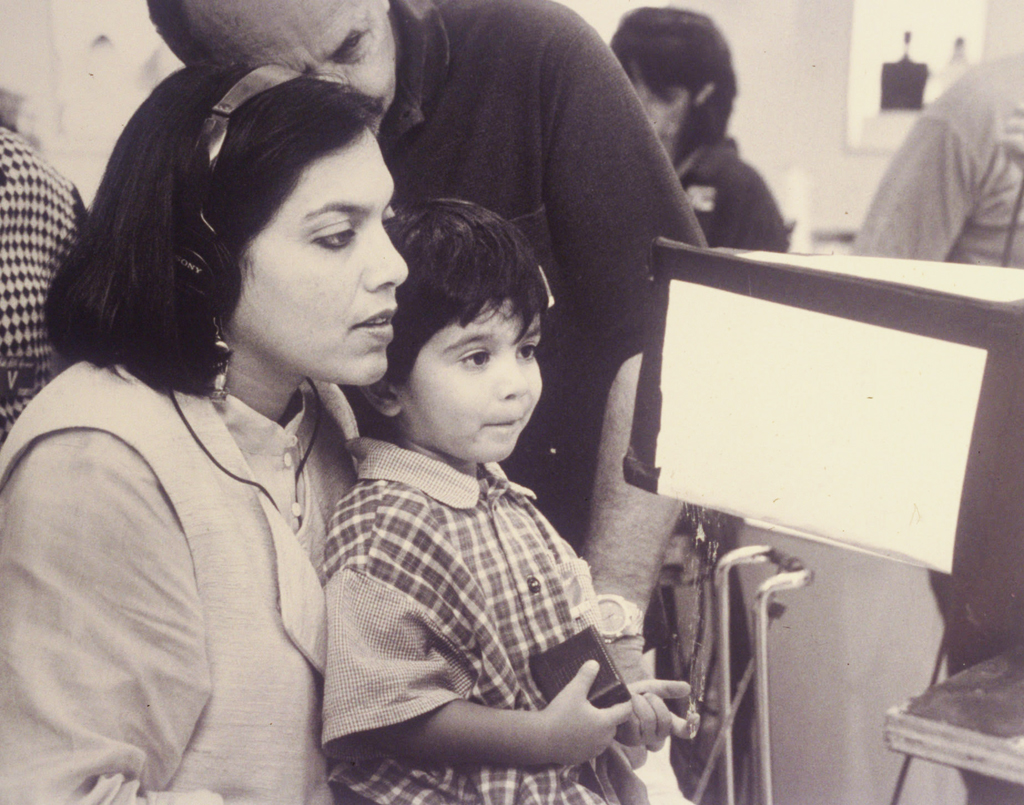
The Director as Mother
Motherhood isn’t a role that automatically stops at the boundaries of the home. Some directors take it with them to their film sets. They believe in leading their cast and crew by being warm, affectionate and caring towards them, drawing a parallel between motherhood and filmmaking. AparnaSen, for instance, believes that a director’s role is very similar to a mother’s – both are a combination of showing affection and disciplining. Shonali Bose (director of Amu, Margarita with a Straw, The Sky is Pink) says that she has learnt more about filmmaking from her children than at film school.
Not surprisingly, when I ask Kalki Koechlin to describe Shonali as a director, the first word that comes to her mind is ‘mother’. ‘Like a mother, she is extremely strict but at the same time very emotional. She wears her heart on her sleeve. So, she is very warm and loving but at the same time she is really strict, to the point that you feel like a little child being told off. It’s a very different relationship from most directors I have worked with,’ she says.
‘As a director, I have learnt more from my children than I learnt at the UCLA Film School. Especially with actors: they are so pampered, you have to really love and embrace them like only a mother can, where a mother will put up with any shit and yet be firm. You don’t scream and shout, but you have to be lovingly firm so that they feel they are safe with you, and you are so loving and compassionate that they cannot be mean to you,’ says Shonali. ‘Once I discovered that everybody on a film set has a massive ego, I went in with no ego at all.’
The Director as Irresistible Force and Immovable Object
While it is very tempting to validate ‘mothering’ as a female paradigm of leadership, it also runs the risk of perpetuating the one and only culturally approved model of how women leaders should be. This could be as damaging as embracing the masculine model of leadership, which dictates that women leaders act like men.Reema Kagti, director of Honeymoon Travels Pvt. Ltd., Talaash and Gold, is a case in point.
Reema believes that there is no dearth of women in Bollywood anymore; all that matters is whether you are talented and if you can deliver. Has she never faced any discrimination on account of her gender? ‘No,’ she vehemently declares. ‘I can tell you stories of other women, but these kinds of things have never happened to me. I guess people also know who to pick on,’ she lets on.
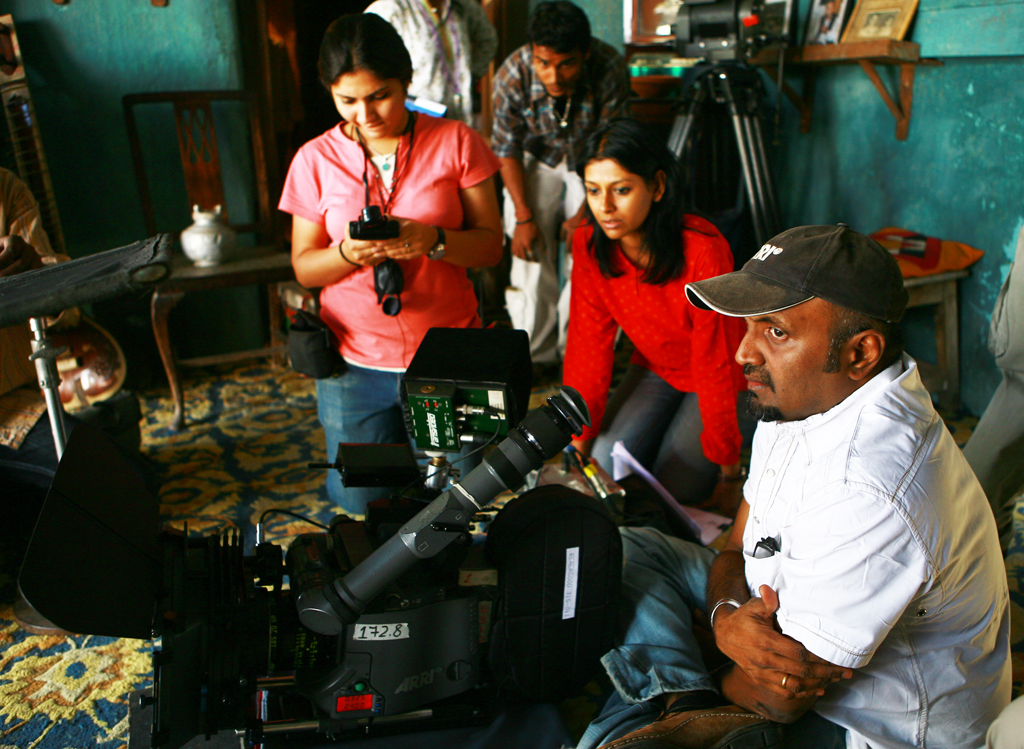
That last sentence is clearly a covert acknowledgement of the fact that her experience of working in Bollywood does not reflect those of other women. It is also a stubborn reminder of the now well-known fact in the film industry that Reema is not somebody who can be messed with. Her reputation precedes her. She is known to be mercurial and aggressive with people. Stories of her manhandling the crew often float around.
‘Even before I joined Talaash, I had heard so much about her and the people who had quit Honeymoon Travels Pvt. Ltd. midway. She has a reputation of yelling at people,’ says an assistant director (AD) who worked on Talaash and found that reputation to be every bit true. ‘You have to be on the top of your game if you are working with her. Because she has been a successful first AD, she knows everybody’s role on the set. There is no way you can fool around.’
Most ADs will vouch that being thick-skinned is a prerequisite for working as an AD in Bollywood – a job that demands gruelling physical labour and mental toughness. Devoid of any creative gratification for the most part, the job entails coordinating with people and organizing the shoot to the very last detail, making sure that things get done, at any cost. What makes being an AD harder is that it isn’t a position that comes with power – people don’t start to respect and obey you automatically, unlike the director, but it comes with a great deal of onus; you have to face the music if things go wrong, and it can be really harsh in an industry known to be male-dominated, brash and abusive.
For somebody like Reema, a diminutive young woman in her 20s, when she started as an AD, aggression came in handy – it compensated for her slight build and lack of formal authority. ‘Most of the stories of my aggression are from the height of my AD days,’ she says. ‘I find directing a cakewalk compared to some of the AD-ing that I have done. When you are the director, people usually do what they are asked to do. But as a first AD, you really need to assert yourself. At that point in my career, I used aggression professionally.’
That aggression stuck around. Reema recounts how an ‘upsetting article’ that portrayed her as a ‘bitch’ who was always shouting and swearing at people, was published in a tabloid when Talaash was being shot. Aamir Khan brought it to the set and gleefully waved it at everyone asking if they had read it. He meant it as a joke, of course, but Reema was clearly not amused. ‘You want me to be polite and feminine. I don’t care. This is who I am, either you deal with it or you don’t,’ she says in her trademark brusque manner.
‘But aggression sometimes works to my advantage,’ she adds, ‘then people don’t mess with me.’
And then she breaks into a hearty, impromptu laughter. ‘But don’t write that. Otherwise, people will know.’
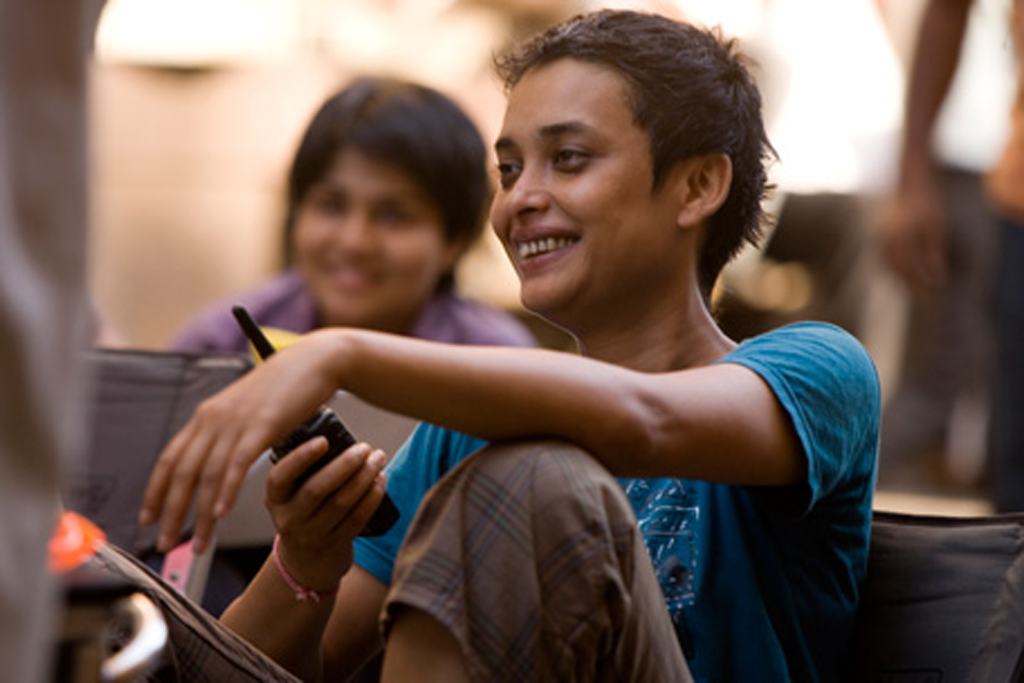
Her [Reema Kagti’s] complex and uncomfortable relationship with aggression points at a bigger malaise – how aggression is seen to be a valued trait in the film industry and helps people to appear more competent than their counterparts with mild temperaments. In a work environment where the director is in command of hundreds of people, mostly male, who are traditionally used to being commanded over by a fellow male, it is at times difficult for a woman to assert her authority.
There are no two ways about the fact that a director ought to be assertive and authoritative. Sometimes, this authority works better when it is accompanied by verbal and physical aggression, which has been traditionally seen as a prized trait in males in leadership positions. It allows your crew to view you as a quasi-male, replete with male leadership qualities, someone who dare not be rubbed the wrong way, rather than a woman brimming with conventional femininity who may or may not elicit obedience, more importantly, someone who confuses men as to how she should be dealt with. That is not to say that women should be soft-spoken and agreeable – womanhood follows no template – but to point out that our gendered understanding of personality traits affects people’s perception of a female leader.
It is tragic that women are trapped in a double bind where on the one hand, they are required to demonstrate aggression in order to be successful, and on the other hand, they are also swiftly labelled as ‘bitches’ or ‘crazy’ and hence difficult to work with. ‘I know directors who slap their assistants all the time,’ Reema says. ‘I know a director who bit his actress out of frustration, and another who punishes his crew by making them squat in rooster position on studio floors. But you don’t really read about that stuff. Then why am I getting written about for being loud and yelling at somebody?’ [Pg. 131-35;Reema Kagti: But how should a woman be?]
The Director as Whoever She Wants to Be
If there is one thing I have learnt from writing F-Rated: Being a Woman Filmmaker in India, it is that women don’t like labels. They don’t like to be put into boxes and fit into templates that stipulate what a woman should or should not be. It took me a lot of effort to convince these women why I was writing a book about the unique experiences of women filmmakers. That it was not to present them as victims of their gender but to illustrate that gender is one of the forces around which the world is structured. If I had to write the book all over again, I would probe them harder about feminism. I would have more heated arguments with them on why feminist is a useful label to own. I also have a suspicion that in a post- #MeToo era, I wouldn’t have to try so hard. That is the thing with crises – be it sexual harassment at the workplace or a global pandemic – they do consolidate our understanding of ourselves as women, how certain challenges will always be unique to our gender, and how sharing these experiences can lead us to solidarity and new ways of collaborative thinking.
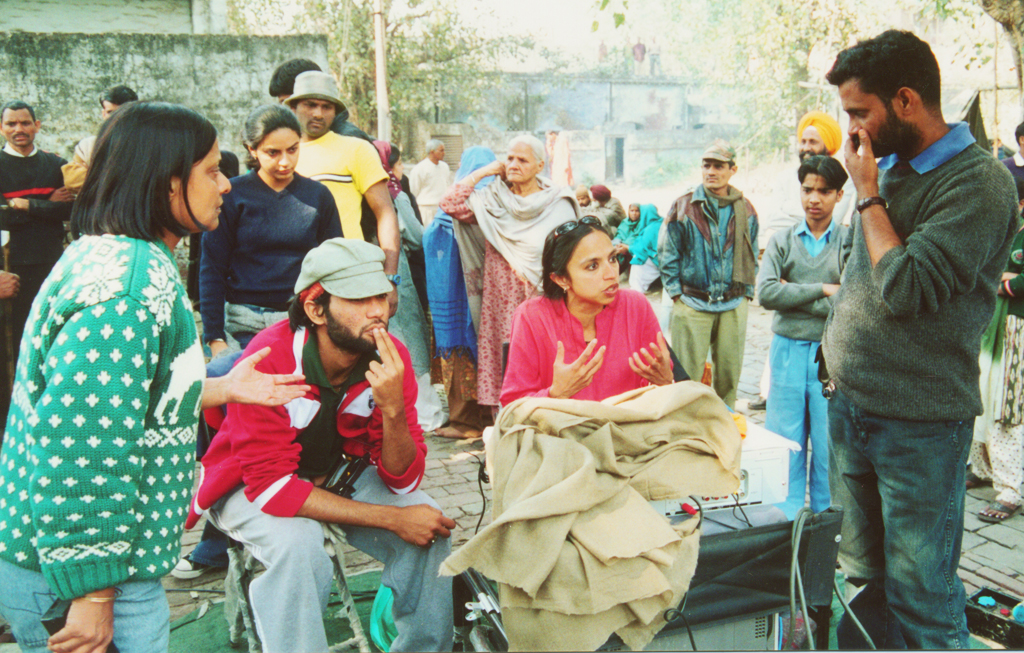
Want to win a free copy of F Rated: Being a Woman Filmmaker in India? Just answer a simple question: which is your favourite film made by a woman filmmaker in India and why? Send your answers to thethirdeyeteam@gmail.com.



